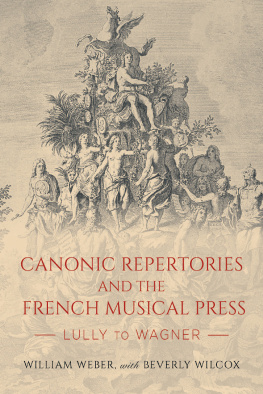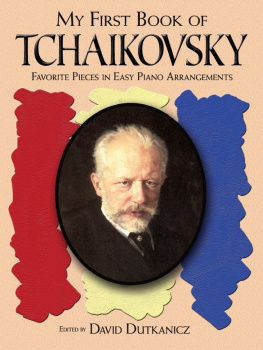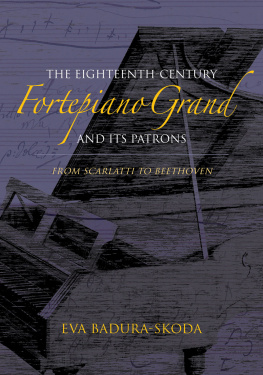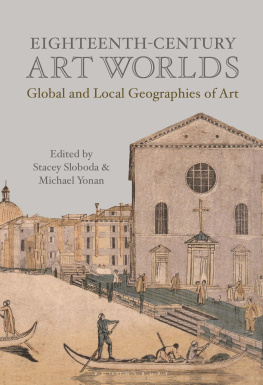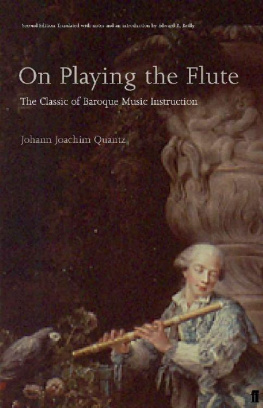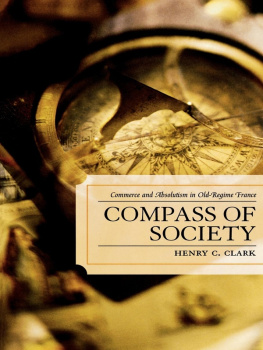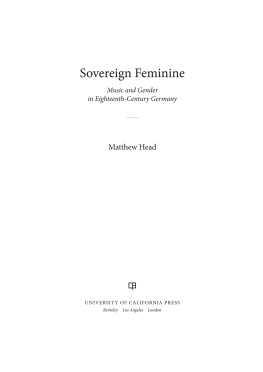The
HURDY-GURDY
in
EIGHTEENTH-CENTURY FRANCE
PUBLICATIONS OF THE EARLY MUSIC INSTITUTE
The
HURDY-GURDY
in
EIGHTEENTH-CENTURY
FRANCE
SECOND EDITION

ROBERT A. GREEN

This book is a publication of
INDIANA UNIVERSITY PRESS
Office of Scholarly Publishing
Herman B Wells Library 350
1320 East 10th Street
Bloomington, Indiana 47405 USA
iupress.indiana.edu
2016 by Robert A. Green
All rights reserved
No part of this book may be reproduced or utilized in any form or by any means, electronic or mechanical, including photocopying and recording, or by any information storage and retrieval system, without permission in writing from the publisher. The Association of American University Presses Resolution on Permissions constitutes the only exception to this prohibition.
The paper used in this publication meets the minimum requirements of the American National Standard for Information SciencesPermanence of Paper for Printed Library Materials, ANSI Z39.481992.
Manufactured in the United States of America
Cataloging information is available from the Library of Congress.
Names: Green, Robert A., [date] author.
Title: The hurdy-gurdy in eighteenth-century France / Robert A. Green.
Other titles: Publications of the Early Music Institute.
Description: Second edition. | Bloomington ; Indianapolis : Indiana University Press, 2017. | Series:
Publications of the Early Music Institute Identifiers: LCCN 2016047238 (print) | LCCN 2016047997 (ebook) | ISBN 9780253024954 (pb : alk. paper) | ISBN 9780253025135 (ebook)
Subjects: LCSH: Hurdy-gurd. | MusicFrance18th centuryHistory and criticism. | Dupuits des Bricettes, Jean-Baptiste.
Classification: LCC ML1086 .G73 2017 (print) | LCC ML1086 (ebook) | DDC 787.6/9094409033dc23
LC record available at https://lccn.loc.gov/2016047238
1 2 3 4 5 21 20 19 18 17 16
For Lee
CONTENTS
PREFACE TO THE FIRST EDITION
THE HURDY-GURDY has been in continuous use in Western Europe for a thousand years; few other instruments can make that claim. In the thirteenth and eighteenth centuries it was found in the most musically cultivated circles; in the fourteenth through the seventeenth centuries, it was played by the lowest classes. Today, it is a popular folk instrument in France, much like the banjo in American music.
The story of the hurdy-gurdy, or, as it is known in France, the vielle, is so interesting that much has been written about its use in different periods. In such surveys, the cultivation of the vielle in eighteenth-century France represents only a chapter, but so many beautiful instruments and so much information, relatively speaking, survives from this period that it has received more attention than any other. Nevertheless, there are many areas left to explore, and surprisingly, the music composed for the vielle and its performance is one of these.
Previous explorations of the vielle during the eighteenth century have revealed a certain blindness on the part of most authors. They have focused on its cultivation by lady amateurs at the highest level of society, most notably members of the French royal family, leaving the impression that fashion rather than musical considerations was largely responsible for the popularity of the instrument. In addition, most authors have not been players of the instrument and have failed to grasp the distinctive features of the repertory. I believe that these two considerations are largely responsible for a lack of interest in the vielle among those concerned with eighteenth-century music and its performance on period instruments. The purpose of this book is to place the instrument squarely within of the purview of the latter group.
This book is written with two types of audience in mind: those interested in eighteenth-century music and what the vielle and its music can reveal about the sound world of the period, and those who play the instrument and are familiar with the fundamentals of technique but wish to explore the interpretive possibilities. This book is not a method. Elements of technique are discussed only insofar as they are necessary for the general reader to understand musical and performance practice considerations.
In order to fully understand what is said here, it is important that the reader understand my biases. I became aware of the vielle and its music through my musicological research into the instrumental music of the early eighteenth century. I found so many interesting works that I wanted to play them and find out how they sounded on the instrument for which they were written. Eventually I was able to acquire a good instrument and learned to play it by reading the eighteenth-century methods discussed in detail here. There was much left unexplained, however, and I went to France to learn more about the technique from the players of folk music who have studied the instrument as part of a living tradition. I soon encountered several who were interested in the eighteenth-century repertory, but who approached their examination of this literature and study of the treatises from their background as folk musicians. While many of these players have a thorough grounding in technique based on their involvement with folk music, it is difficult for them to discard elements of their playing which they have found to be expressive but which are inappropriate, or used in a different way, in the performance of the eighteenth-century literature. I differ from them in that I have approached this music from my background as a scholar and one who is generally familiar with what was composed for other instruments in the period. Thus, the issue in learning to play and interpret the music then becomes what to retain from the living tradition as musically valid and what to discard as inappropriate.
No player fully agrees here, and, therefore, widely differing approaches may be heard in performances of this music. The same must be said of any other instrument, however, but with more and more performances of the music for the vielle, a range of musically viable possibilities will emerge.
I must mention here Claude Tailhades, who served first as a mentor in my learning to play the instrument and then as a collaborator in an exploration of the duo literature, a literature we had hoped to record. Claude, one of the finest players in France, turned his attention from folk music to the eighteenth century about ten years ago. Of all the players in France he, in my opinion, most successfully combined his knowledge of the technique derived from the living tradition with what he learned from the treatises. Although we differed on minor points, our views on the major ones were alike. Much of what is said in resulted from our continuing dialogue on issues of performance practice. Although Claudes death on January 12, 1995, brought an end to our collaboration, I can only hope that this book will serve in some way as a memorial to his contribution.
If my attitudes have been influenced by my experiences as a player, they have also been influenced by the instruments themselves. The outstanding reproductions of eighteenth-century vielles by Thomas Norwood of Paris and an eighteenth-century instrument from about 1740 built by Franois Feury and restored by Norwood have strongly influenced the formation of a sound ideal. The hurdy-gurdy is a complex mechanism which requires considerable adjustment. These adjustments can change the sound considerably, and, therefore, one must know what sound one wants. The paradox is that one does not know what sound one wants until one has heard it. It was only after considerable experimentation that I arrived at the sound I wanted and which best served the music, and I have tried to communicate this ideal as well as words can describe it. When I first began to play the instrument, I thought of it as a diversion. The sound was so intensely satisfying, however, that I could not put the instrument down. Over the years I have encountered many players of various abilities, all united by their love of the sound of the instrument. It is therefore difficult for me to believe that eighteenth-century players did not on some level share that attraction whether or not the instrument was fashionable. After giving lecture recitals and concerts at universities and as part of various early music series, I made a recording,
Next page

